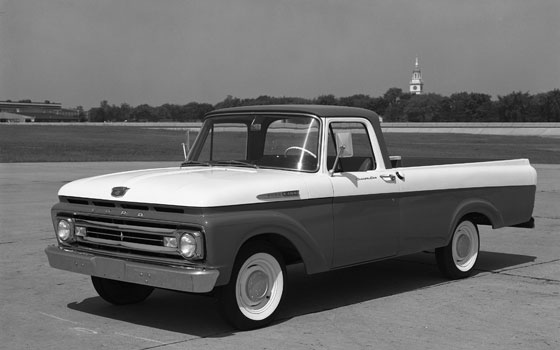
Worst Car Wednesday: Ford’s Big F-Series Mistake

Not all Worst Cars are ugly. And some Worst Cars are not even cars; they can be trucks. Take this week’s Worst Car Wednesday pick: the 1961-1962 Ford F-Series Styleside. Look at it. What could be wrong with that? This was Ford’s attempt to stylize and modernize America’s pickup. What is different about what came before and after it is Ford’s first and only Unibody pickup. In other words, the body and frame are one piece and not separate. But in doing this major break from how pickups were made and how they looked, it became Ford’s big F-Series mistake.
Ford’s big mistake was not testing the Unibody F-Series more rigorously
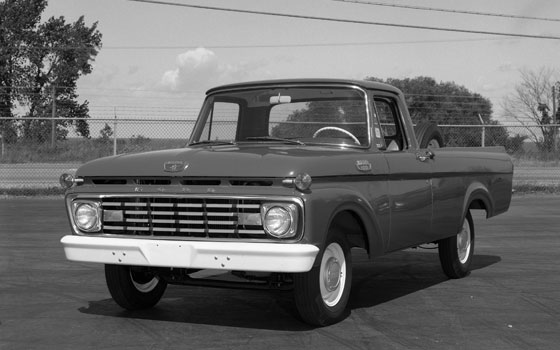
Do you know why pickup beds are separate from the cabs? It’s because beds can be isolated from the cab. Stresses are confined to the bed and not transferred to the cab. Combining the two causes twisting and distortion. In extreme conditions, stressed bodies can become “work hardened.” That’s when metal is bent back-and-forth to the extent it cracks.
When the Styleside was introduced in 1961 everything was super cool. Marketed as the “integrated truck” the back of the cab was also the front of the bed. The bedsides were welded to the door sills. It was cheaper to make because there were fewer stampings involved. It was cleaner looking because there was no gap, and it allowed for more load space without the bed and cab separation.
Ford thought it could bridge the gap between “farmer trucks” country club transportation
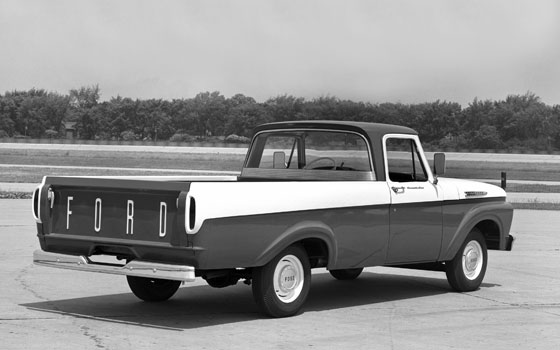
Ford saw other advantages too. It felt it could bridge the gap between what was a “farmer truck” into something more acceptable at the yacht club. You could still order a stripper with rubber carpets and straight-six engines. But, you could also order your Styleside with white sidewall tires, wrap-around rear windows, and two-tone paint.
The dealer could install air conditioning, too. A gang of options and engines extended all the way into F250s as well. The new Styleside came in both long- or short-bed configurations. You could also order a “Flareside” stepside but the bed was separate from the cab. Interestingly, four-wheel-drive Stylesides retained the traditional separate body and frame arrangement. Did Ford know something?
F-Series owners experienced weird results when the bed was loaded
It soon would. Owners started experiencing weird problems when the bed was loaded. Some couldn’t open the doors, the body had flexed that much. Others got the shock of their lives driving over train tracks. Unexpectedly, with a full load, the doors would pop open. As most trucks sat out at night moisture and corrosion only sped up the bad experiences owners faced. As more stories of flexing, twisting bodies increased with each day Ford naturally panicked.
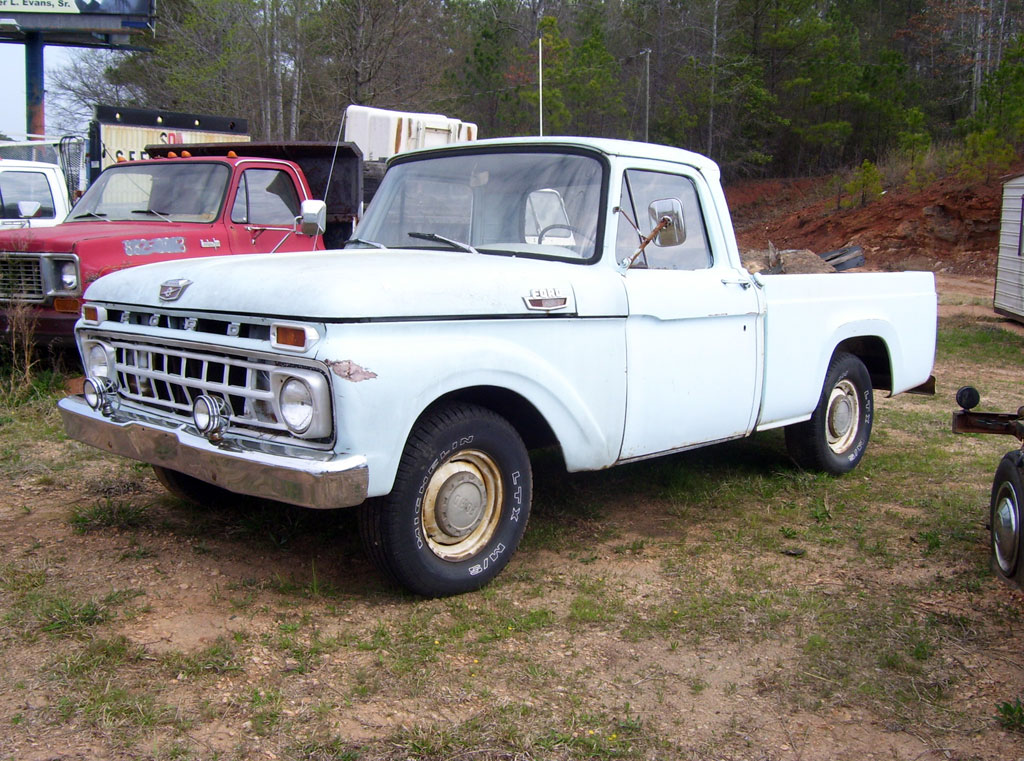
So, in 1962 Ford began the development of a separate rear cab for its F-Series pickups. It was rushed through so quickly Ford didn’t even bother to design a bed that tied into the existing body. Instead, it pulled the 1960 bed tooling and began making F100s with separate beds and cabs. The bed didn’t line up with the 1961 cab but it didn’t tweak, twist, and load the body either.
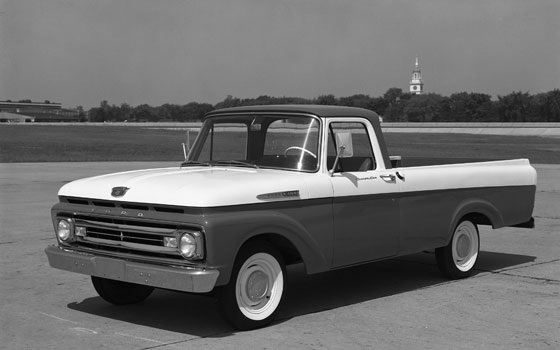
After just one year of production, Ford began selling F100s with separate bodies and 1960 beds. You could still order a Unibody F100 through 1963. But by then sales were two-to-one separate bodies and beds to the Styleside version. So much for styling.
It was a screw-up of epic proportions
In 1964 a body refresh and a separate bed that matched the body heralded the return of the traditional Ford pickup. Nothing like field testing with early buyers. Why Ford engineers didn’t see the error in their ways through rigorous testing has never been answered. It was a screw-up of epic proportions.
But Ford rebounded and has not given up the title of Best Selling Pickup for decades. Since then trucks like the Chevy Avalanche have shown that big, unibody trucks can be made to withstand anything given to it. But, it had Ford’s disastrous Styleside experience to lay the groundwork.



